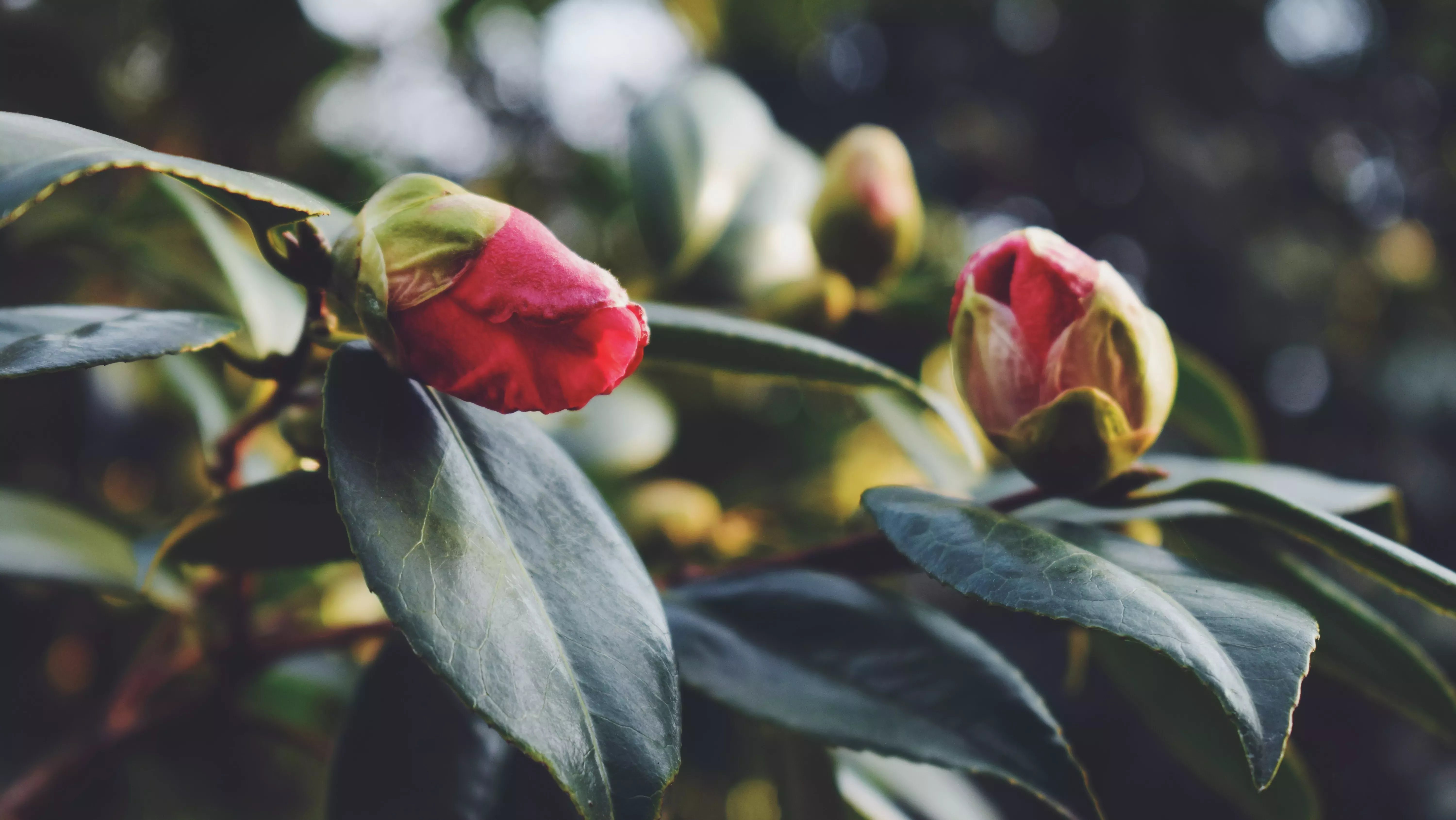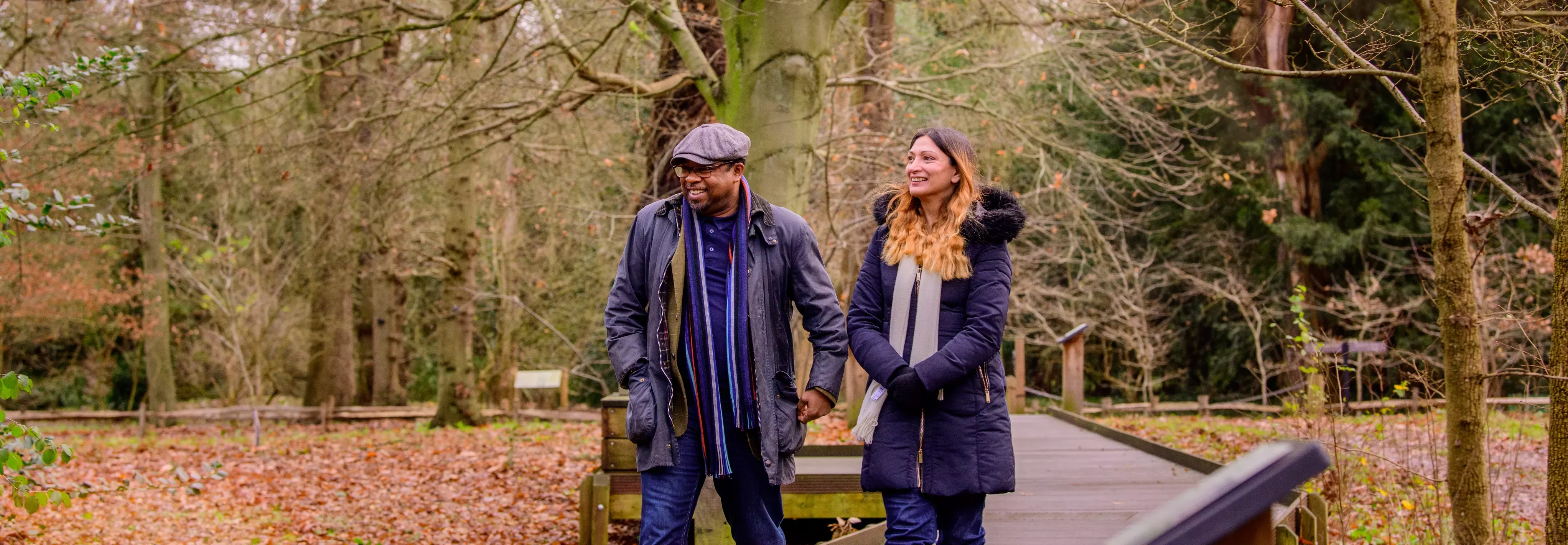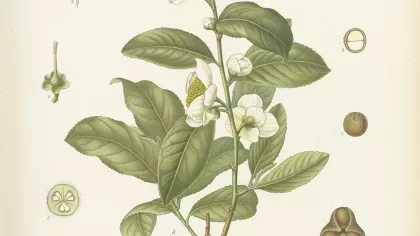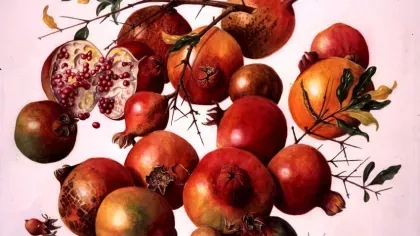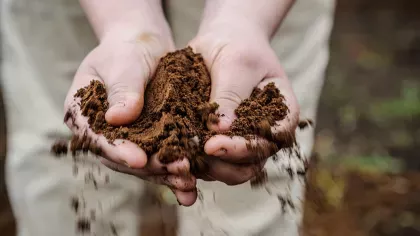24 January 2020
How Victorian plant hunters shaped British gardens
The plants in your back garden might have their origins in China.

Many plants we take for granted in our gardens have been on long and exciting journeys to reach our shores.
The plant hunters of the Victorian era transformed British gardens. Setting out on dangerous missions to track down specimens, they brought back much-loved plants like camellias and rhododendrons.
They faced the threat of shipwreck, piracy, disease and months of travel on cramped boats.
Cherished by British gardeners for hundreds of years, Chinese plants have become such a familiar sight that it's easy to forget their exotic origins. But how did they first get here, and how did they become so popular?
A plant race
Our story starts in the early 18th century with a group of French missionaries.
These religious men, mostly Jesuits, were sent to China to convert people to Christianity. As keen naturalists, they also sent back descriptions and specimens of plants they found.
The plant material sent back to England sparked a competitive race among nursery owners and botanical gardens, who quickly dispatched botanists of the hardiest variety.
Their goal? To be the first to seek out and send back any potentially valuable species.
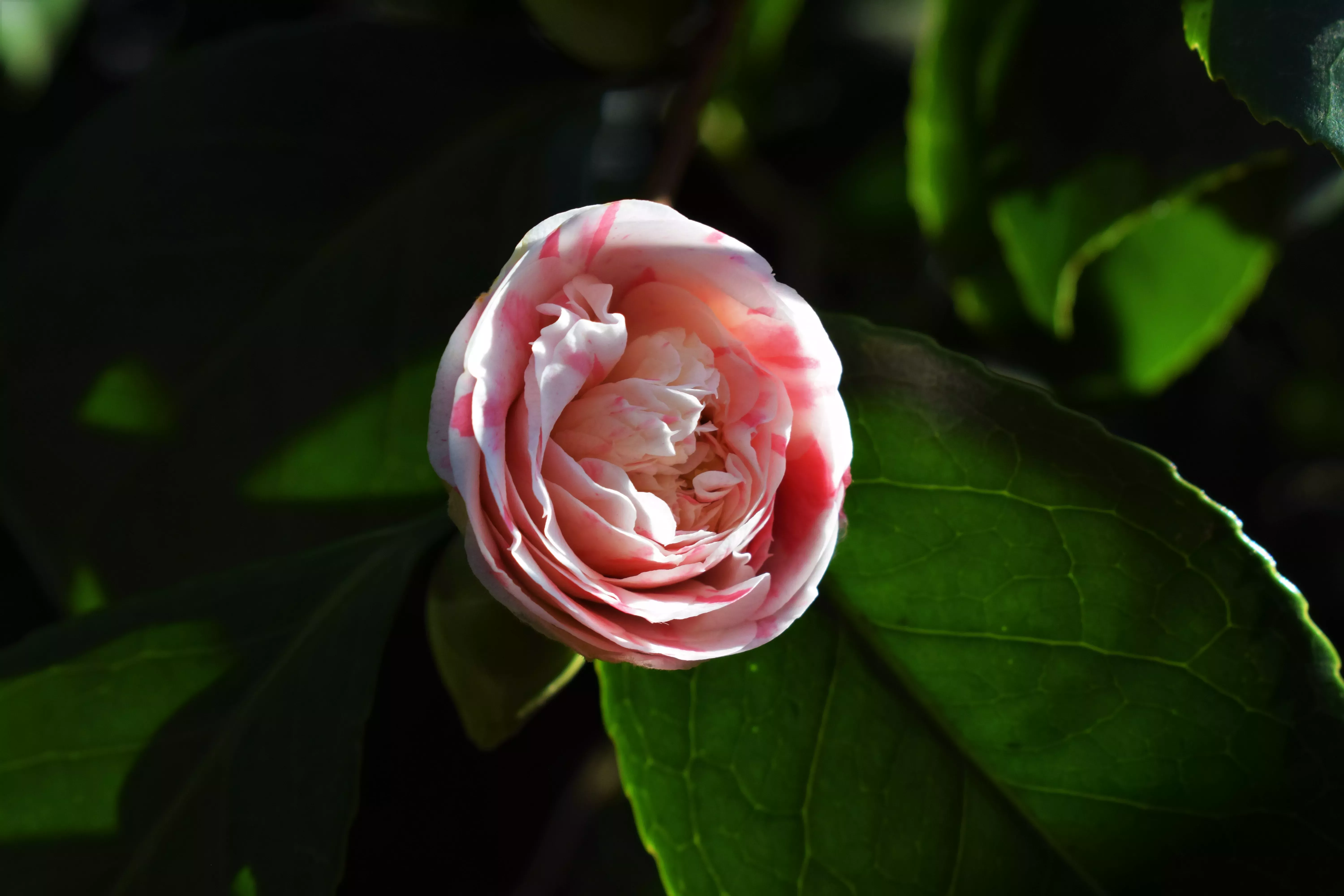
Botanical status symbols
Plant hunters such as Ernest Henry Wilson scoured the Chinese landscape for plants that would do well in the British climate.
In Sichuan Province alone, there were thousands of new species to choose from.
Rich Victorians couldn’t get enough of these botanical status symbols as they tried to outdo one another by filling their gardens and glasshouses with unique plants.
Their thirst for the exotic funded more and more plant hunters who ventured deeper into China’s rugged terrain.
Without their efforts the English garden would not be what it is today and some plants, such as camelias and azaleas, have become so familiar in British gardens that it’s easy to forget their adventurous origins.

Conserving Chinese flora
Kew’s relationship with China is strong to this day but it has changed since the Victorian era.
Although the bounty of 19th century plant hunters benefited our gardens at home, they thought very little about the impact plant collecting had on the origin country. Expeditions to bring home exotic flora were intertwined with British imperialism and the expanding power of European empires.
Today we have evolved our practices and ensured that we are – rightfully – working together with our Chinese counterparts. Our relationship is collaborative, rather than exploitative, with the common goal of identifying and conserving China's flora which is among the most diverse in the world.
From scientific research into incredible cave flora, to authentication of plants used in Chinese medicine, we work with our Chinese partners to study and record diverse flora in the region.
The Chinese Grove also showcases specimens collected in the Sichuan Province by scientists at Academia Sinica in Beijing and Kew Gardens.
Take a stroll through our Chinese Grove by the Great Pagoda, and discover these incredible species for yourself.
